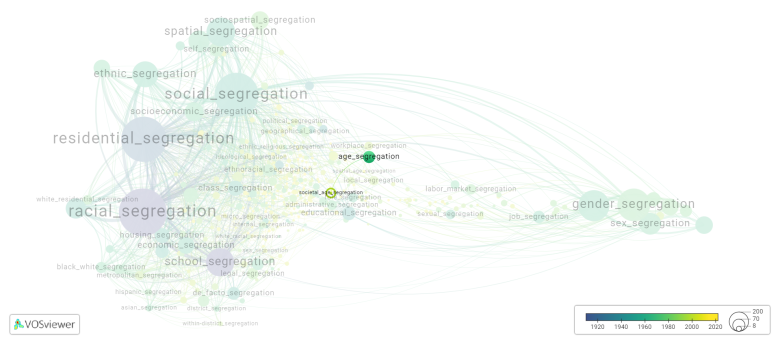Societal age segregation
Date and country of first publication[1]
2006
Norway
Definition
Societal age segregation refers to the separation of different age groups within a society, often leading to limited contact and interaction between individuals of different ages. This can occur in various contexts, such as schools, neighborhoods, workplaces, and social settings. Age segregation can have both positive and negative effects on individuals and communities.
Positive aspects of age segregation include the ability for individuals to connect with others who are in similar life stages and to engage in activities that are tailored to their age group. For example, children may benefit from attending schools with peers of a similar age, as they can learn and socialize with others who are going through similar developmental stages.
However, age segregation can also lead to negative consequences, such as limited opportunities for intergenerational relationships and understanding. When different age groups are kept separate, there may be a lack of empathy and communication between generations, which can perpetuate stereotypes and misunderstandings.
Overall, it is important for societies to find a balance between age segregation and intergenerational connections in order to promote understanding, empathy, and collaboration across different age groups. efforts to promote intergenerational activities and programs can help to bridge the gap between generations and foster a more inclusive and cohesive society.
See also
Related segregation forms
Societal age segregation is frequently discussed in the literature with the following segregation forms:
age segregation, cultural age segregation

This visualization is based on the study The Multidisciplinary Landscape of Segregation Research.
For the complete network of interrelated segregation forms, please refer to:
References
Notes
- ↑ Date and country of first publication as informed by the Scopus database (December 2023).
Societal age segregation appears in the following literature
Hagestad G.O., Uhlenberg P. (2006). Should we be concerned about age segregation? Some theoretical and empirical explorations. Research on Aging, 28(6), 638-653. https://doi.org/10.1177/0164027506291872
